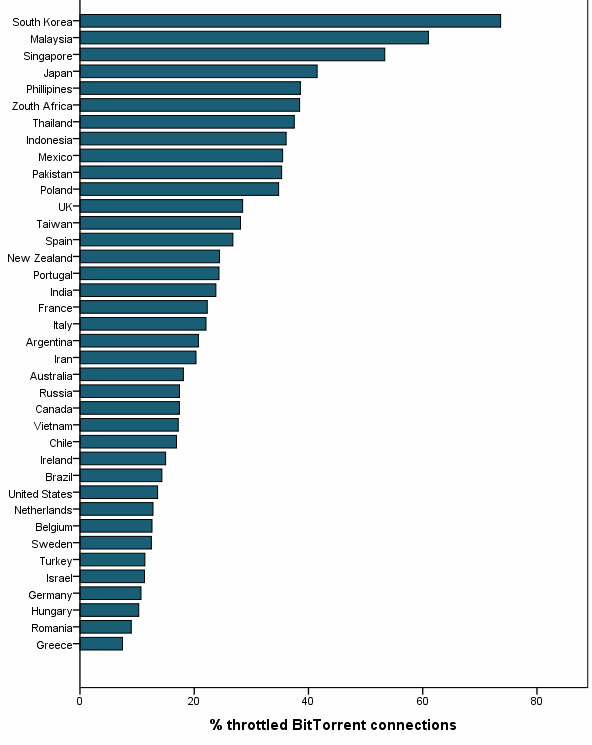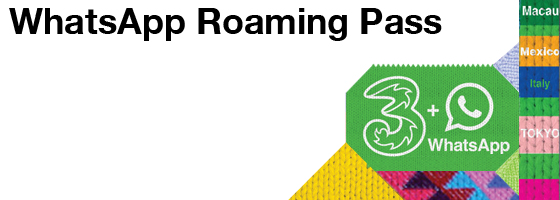
A rumor I heard says that
Sandvine closed an
extension contract at
Rostelecom/ETK, According to the rumor, the contract valued at $500K.
ETK, a subsidiary of the giant Russian MON, Rosetelcom (more than 100 million subscribers in 80 regions), is the largest mobile operator in Krasnoyarsk and Altai Territory, Taimyr, Kemerovo region, the Republic of Khakassia, Tuva, Altai (see Krasnoyarsk coverage map below) with more than 2M subscribers.
6 months ago Rostelcom issued a DPI tender. An article in
Vedomosti (
here) says that Rostelecom issued a tender for the DPI project, and the project is planned to be completed by April 30, 2014. Rostelecom will be able to use the DPI systems to offer new Tariff plans, quota plans with speed based penalty, and more.- See "
Rostelecom Issued a $33M DPI Tender for 3G Network" -
here.
In February 2013, Etk launched a (DPI related) - parental control service "
Service enables parents to exercise control over their children, thus ensuring their safety and comfort .. fee is 1.5 rubles per day" (see "
Rostelecom launched PARENTAL CONTROL in Norilsk" -
here).
 Ericsson's 2013 4th quarter report states that: "The demand for the multi-application router, SSR 8000 [see "Ericsson Enhances SSR 8000 with Multi-application Card" - here] , continues. 96 SSR contracts have been signed to date, of which 18 new in the quarter, including six for fixed networks. As operators are preparing for Voice over LTE (VoLTE), including video communication and other service enhancements, the need for upgrades in the legacy voice network is increasing".
Ericsson's 2013 4th quarter report states that: "The demand for the multi-application router, SSR 8000 [see "Ericsson Enhances SSR 8000 with Multi-application Card" - here] , continues. 96 SSR contracts have been signed to date, of which 18 new in the quarter, including six for fixed networks. As operators are preparing for Voice over LTE (VoLTE), including video communication and other service enhancements, the need for upgrades in the legacy voice network is increasing".













































